CPCCBC5009A: Assessment 4 - Plumbing, Electrical, HVAC Systems Design
VerifiedAdded on 2021/06/14
|17
|1368
|131
Project
AI Summary
This document presents a comprehensive project report on the design of building services for a medium-rise apartment complex located at 2135 The Boulevard, Strathfield, NSW, for AKM Developments, designed by Olympic Designs. The assessment, CPCCBC5009A, covers the design of plumbing and reticulation systems, including a fully vented modified system, detailing its operation and advantages. It includes a stack work diagram and a reticulation system schematic. The project also encompasses a lighting and wiring diagram, a comparative analysis of viable hot water systems (solar, heat pumps, instantaneous, and gas heaters), and a report comparing individual air conditioning systems versus building-wide systems, considering factors such as power load impact, tenant needs, safety, and resource use. The report provides detailed insights into each system's operation, merits, and limitations, supporting informed decision-making in building design. The project's focus is on providing efficient and sustainable building services solutions.
1 out of 17
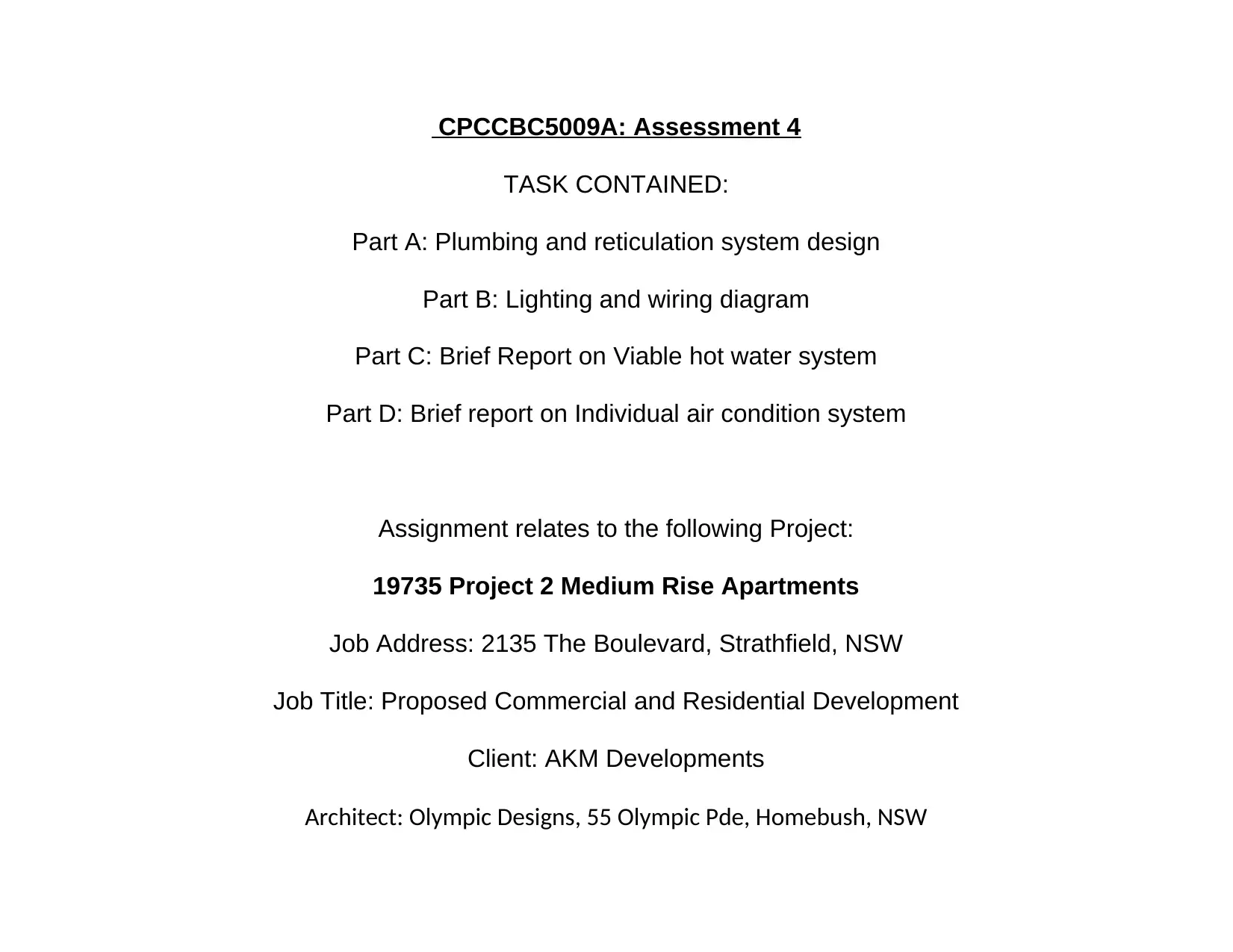
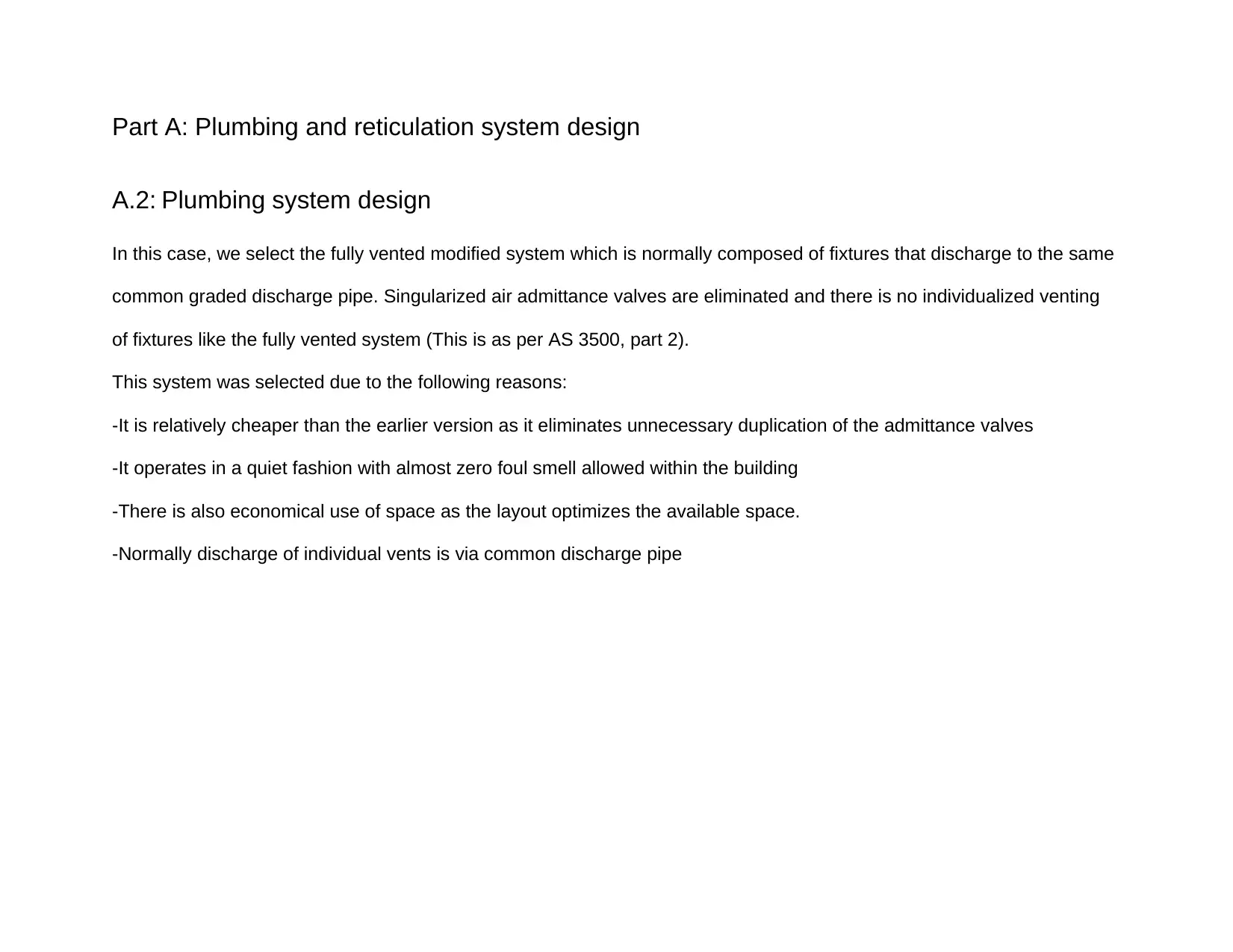
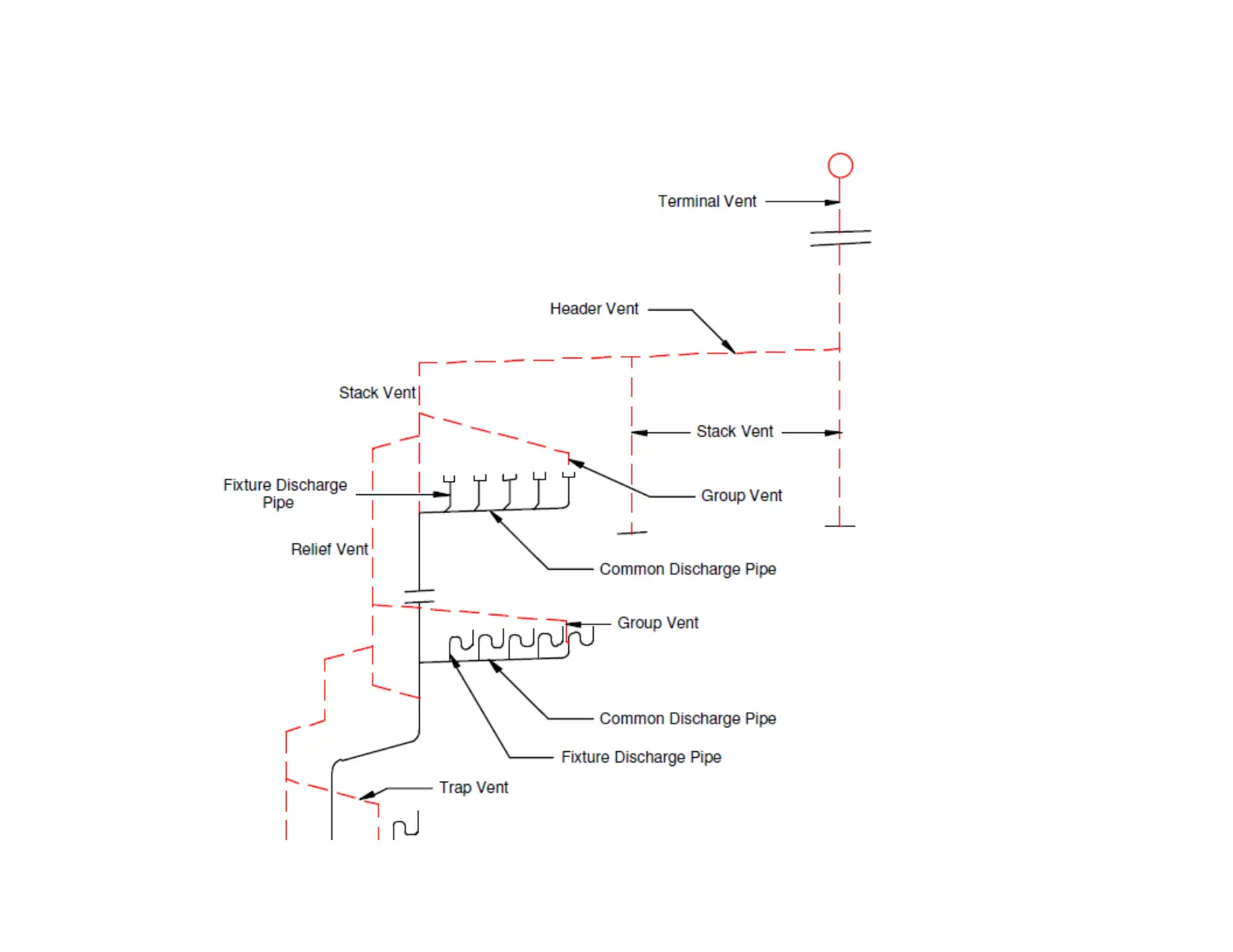

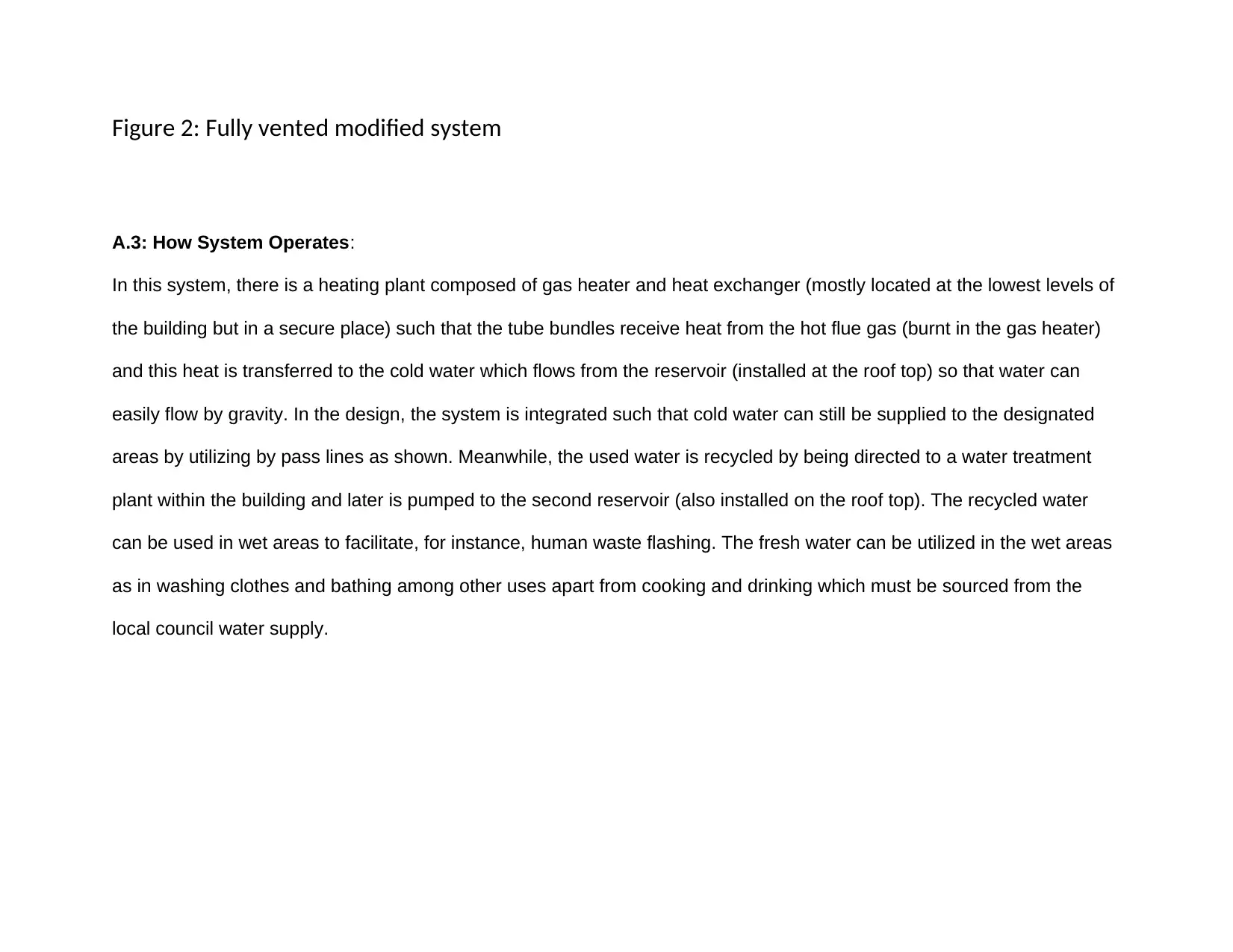
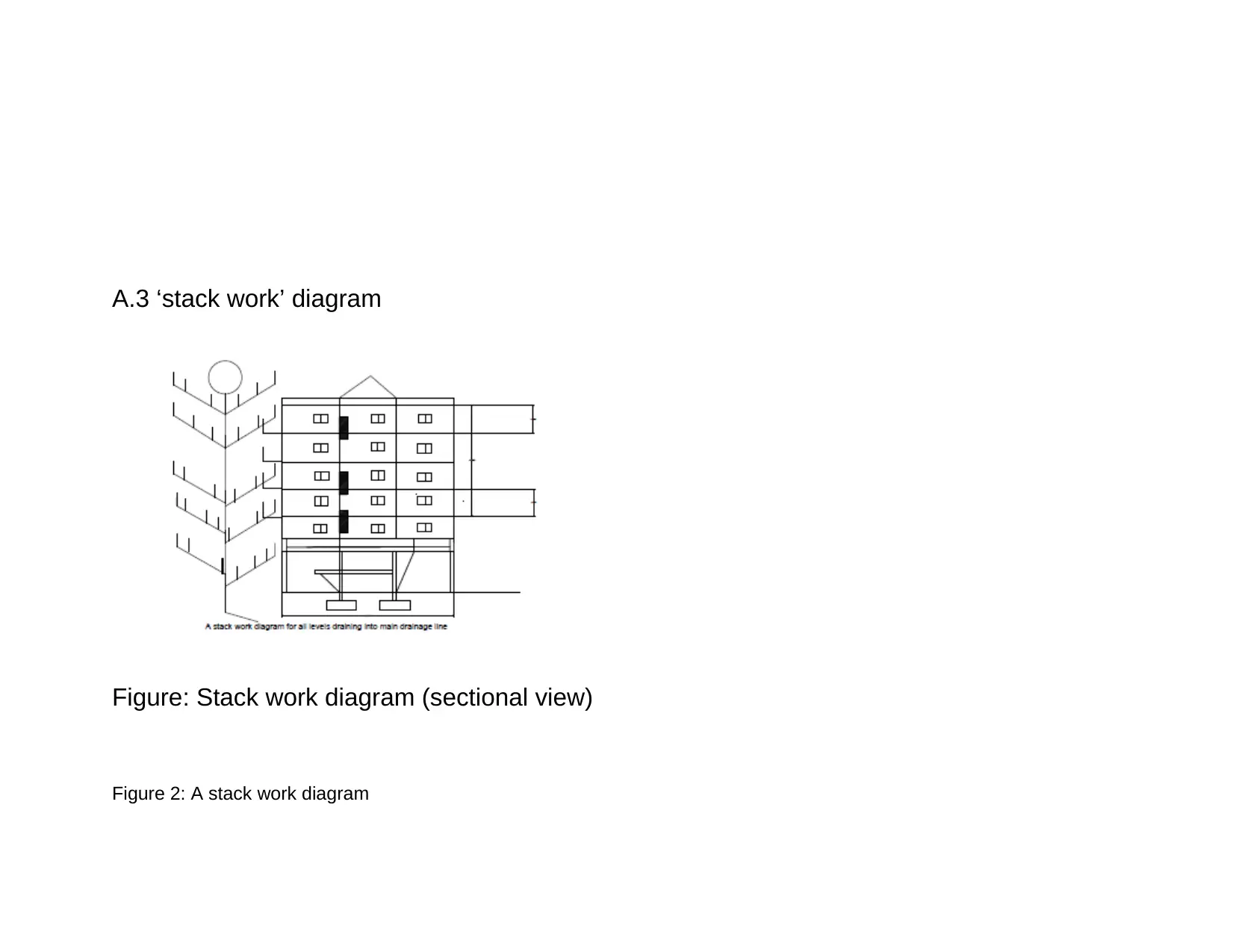
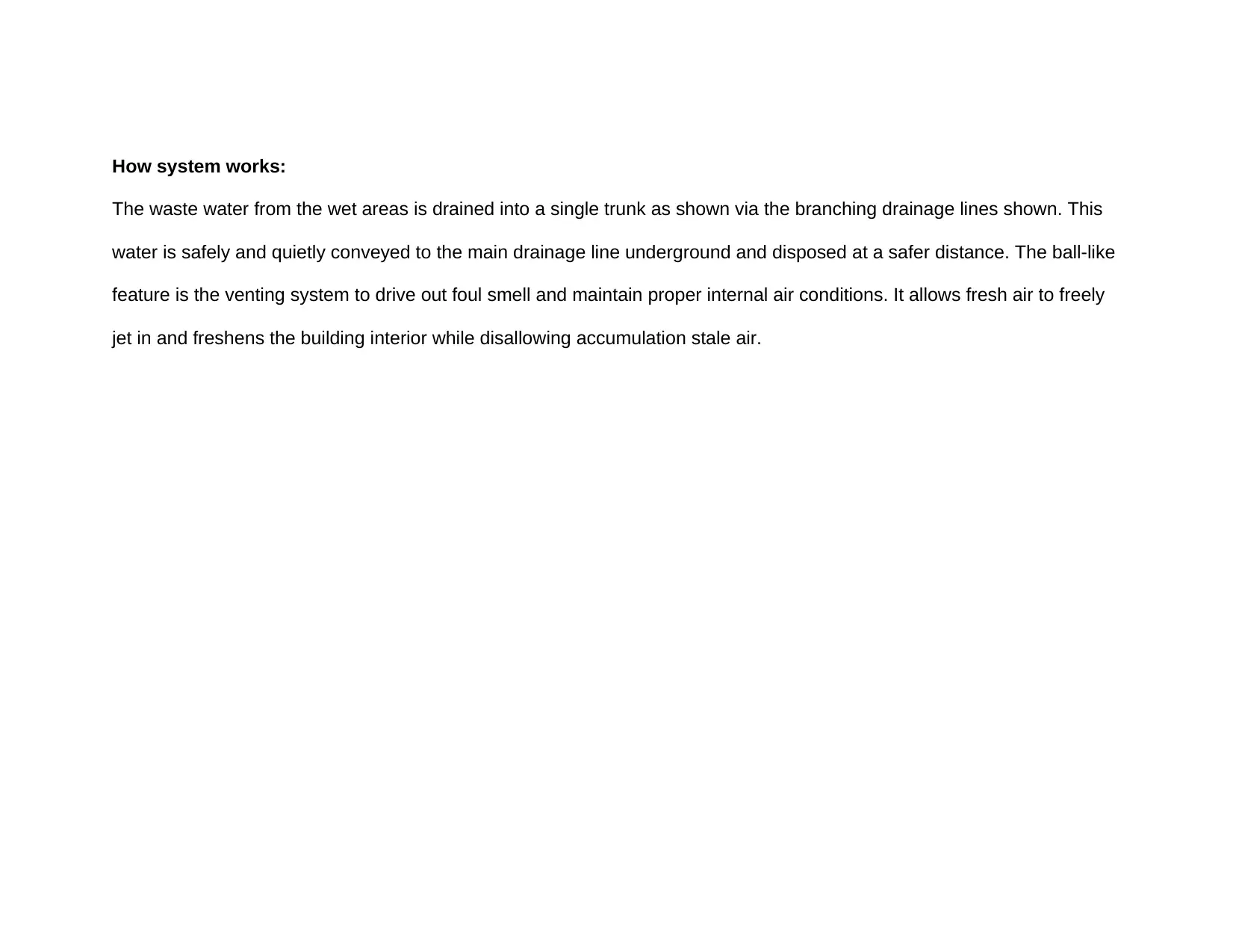

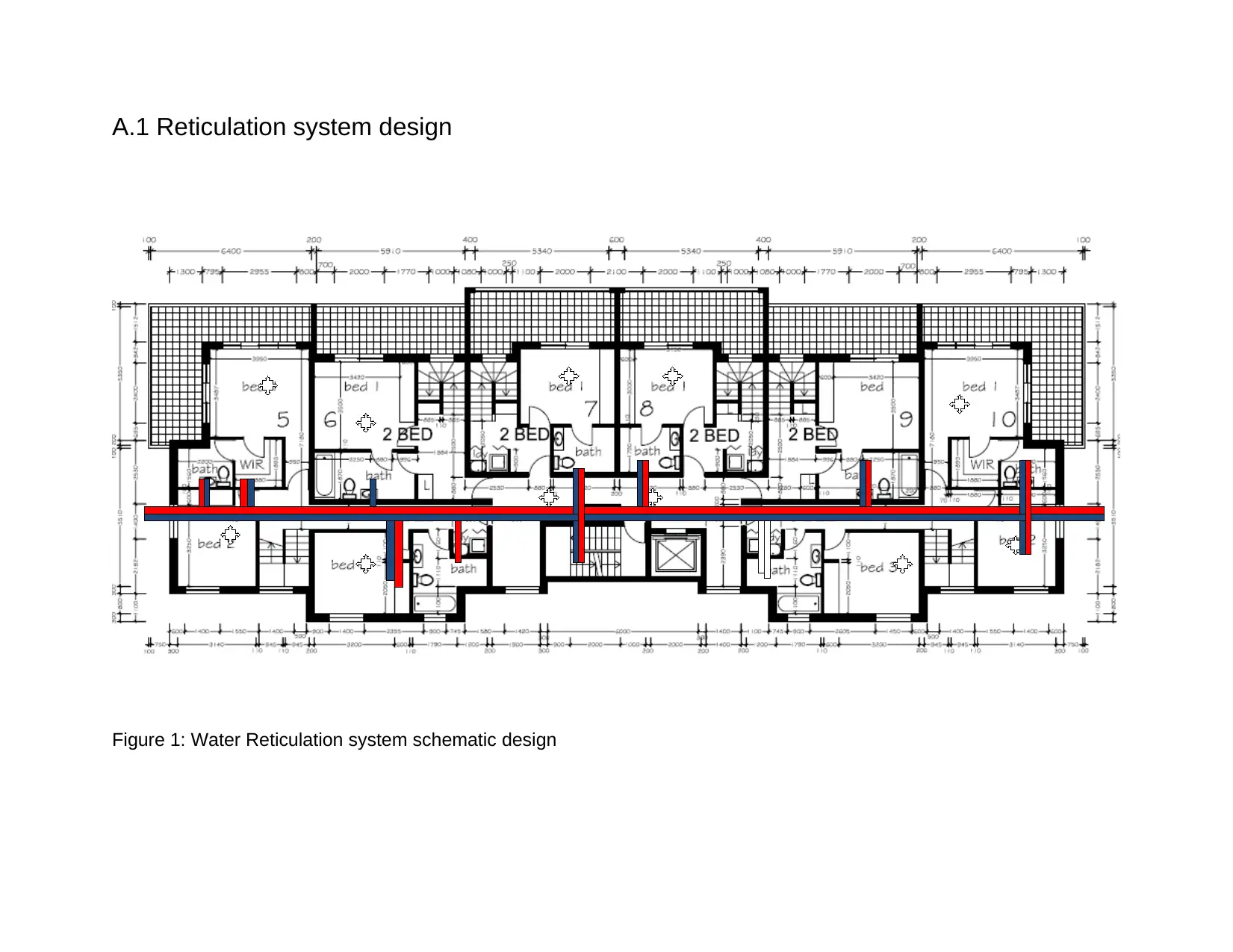
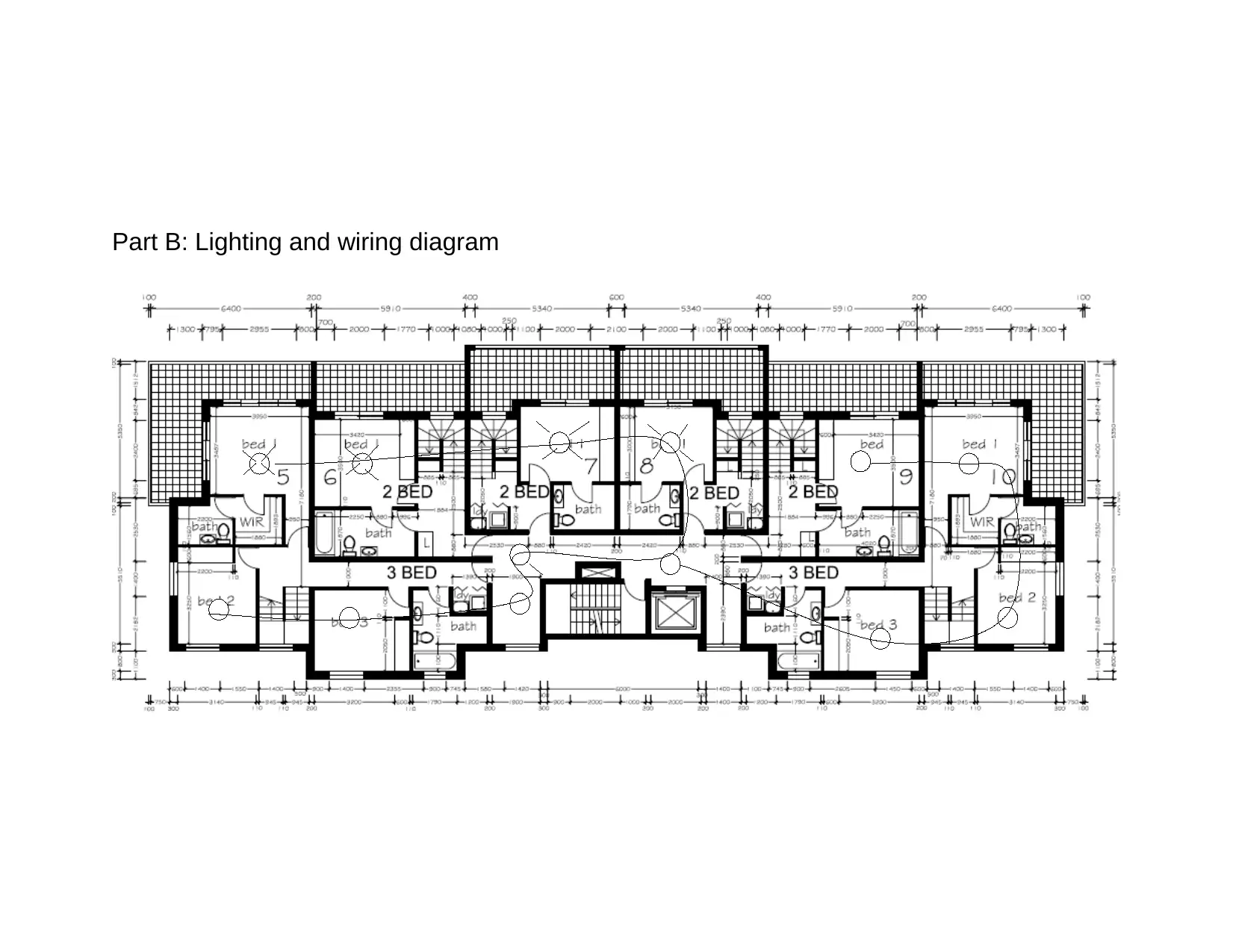
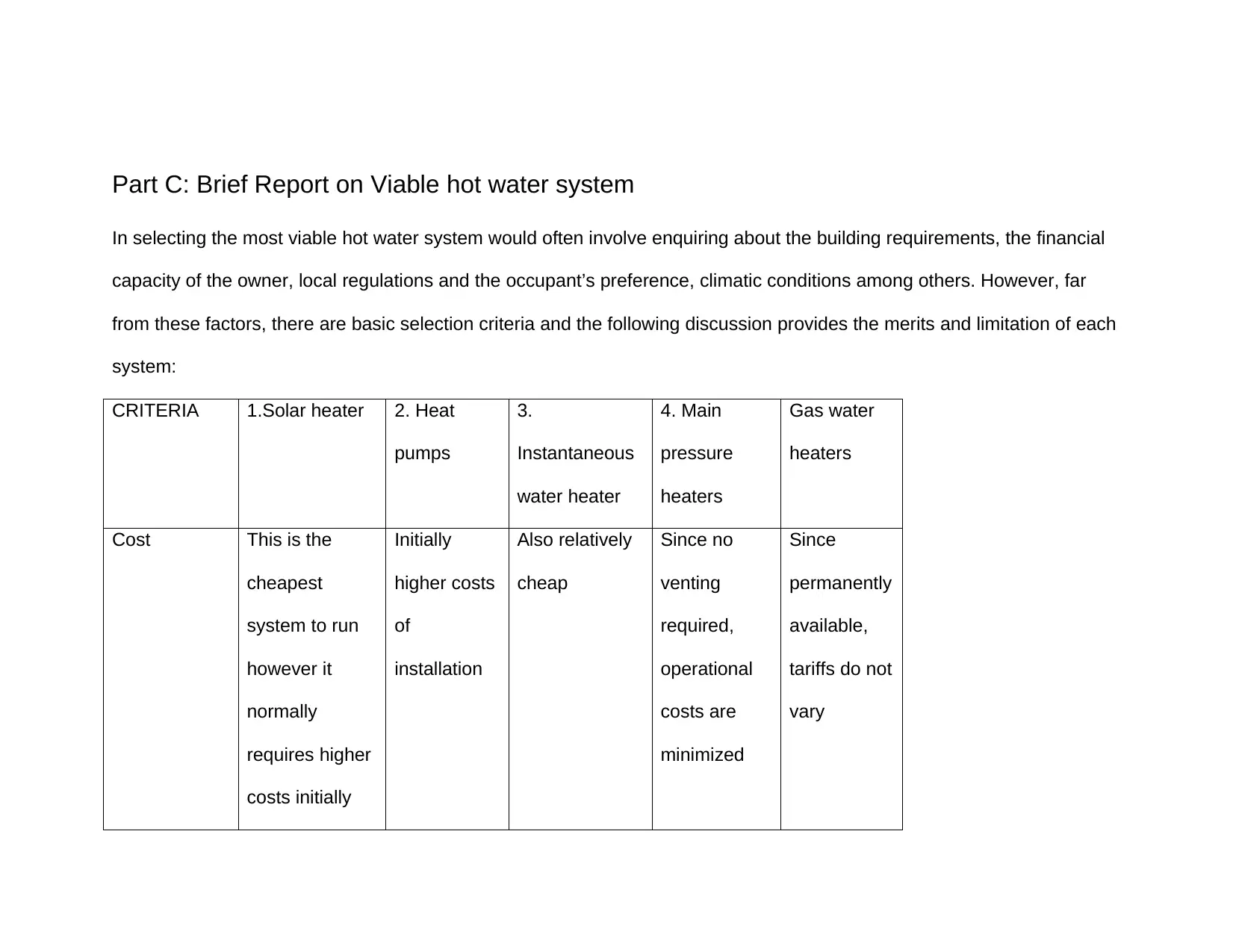
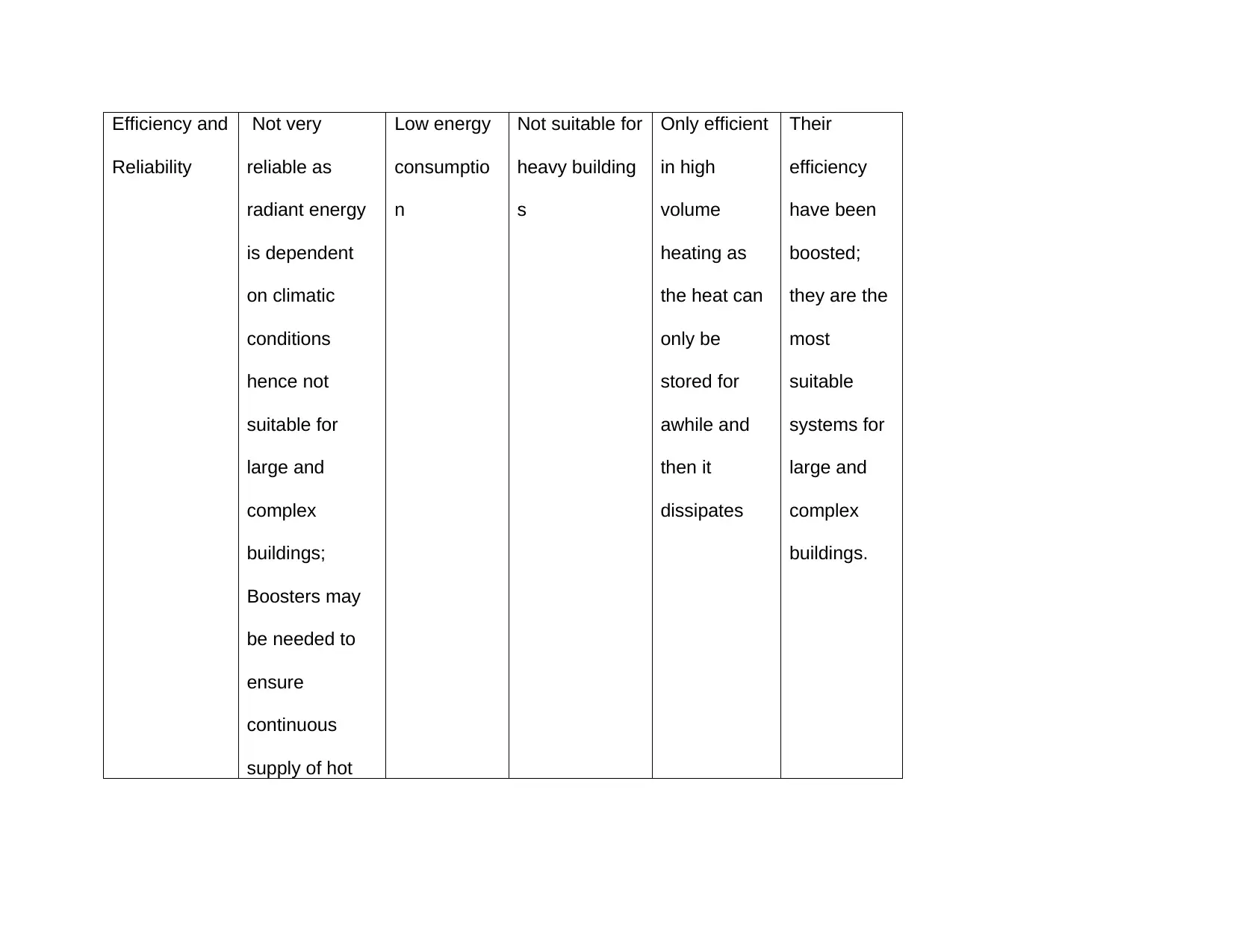
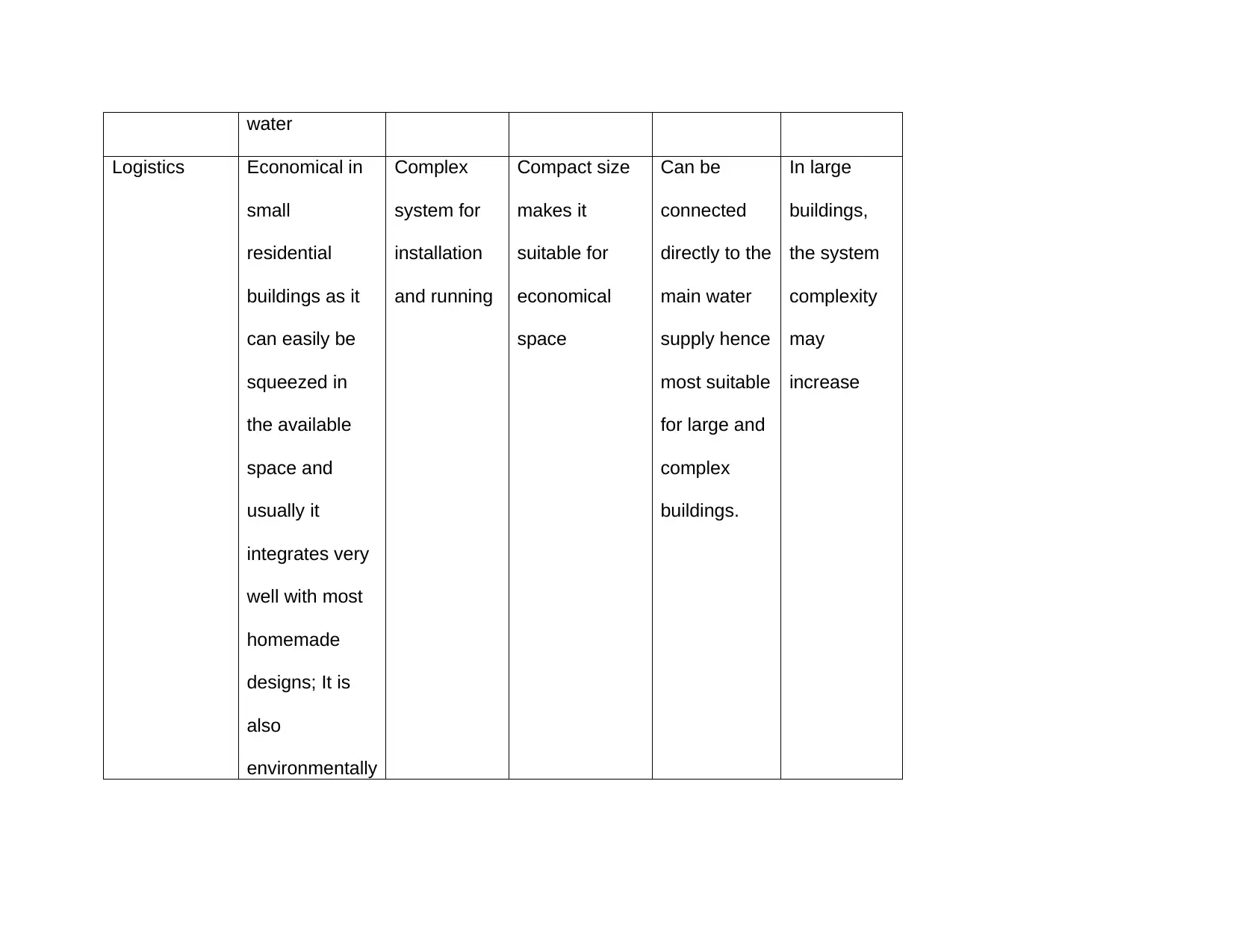



![[object Object]](/_next/static/media/star-bottom.7253800d.svg)